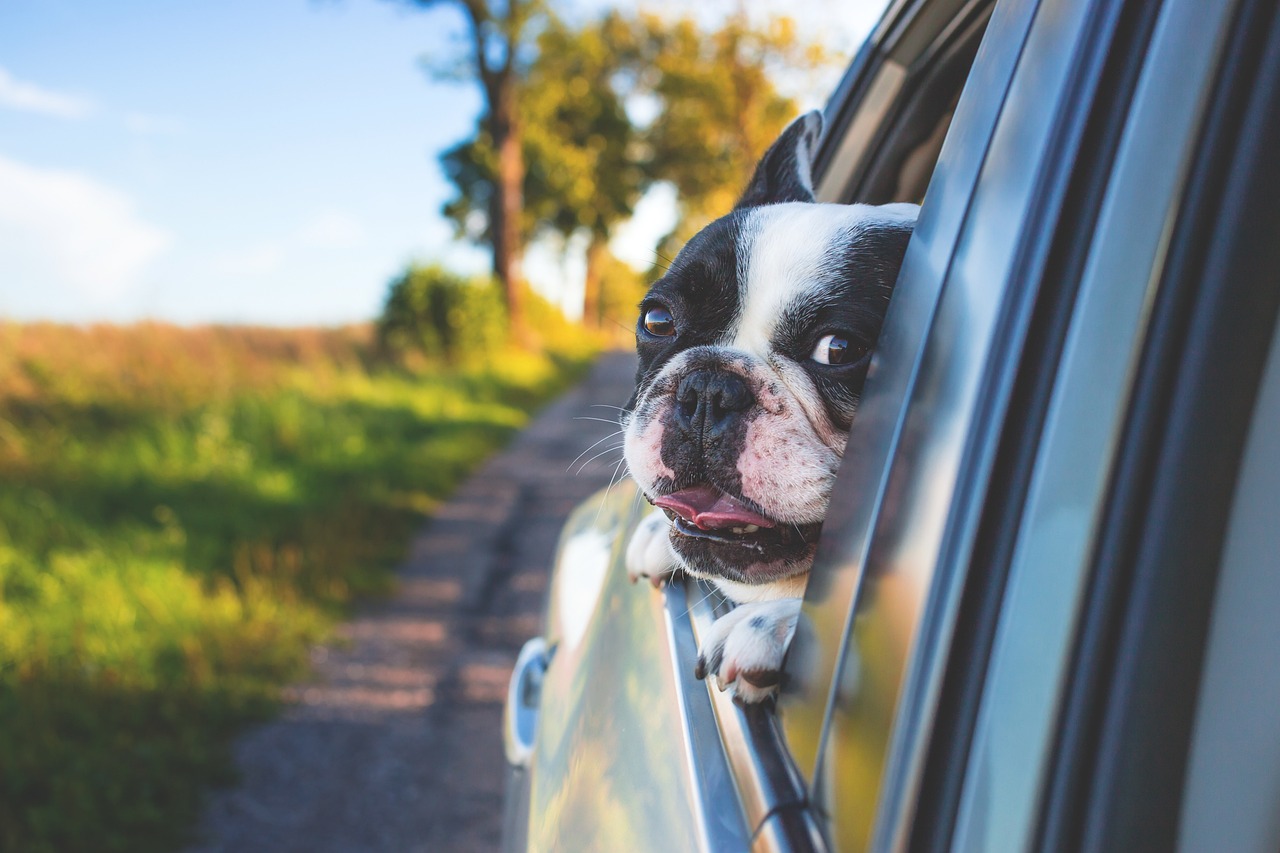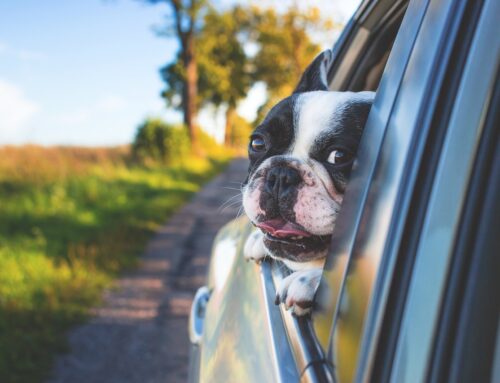Table of contents
Collision car insurance is designed to cover damages to your own vehicle in certain types of accidents. Here are the typical accidents that are covered by collision car insurance.
- Collisions with other vehicles – provides coverage for accidents that involve collisions with other vehicles. Whether it’s a rear-end collision, a sideswipe, or a head-on collision, your collision coverage can help pay for the damages to your vehicle resulting from these types of accidents.
- Single-vehicle accidents – covers damages resulting from single-vehicle accidents. This includes accidents where your vehicle collides with a stationary object like a tree, guardrail, or pole.
- Accidents with objects – If your vehicle sustains damage due to hitting an object on the road, such as debris, road signs, or potholes, collision car insurance can help cover the repair costs.
- Hit-and-run accidents – In the unfortunate event of a hit-and-run accident where the responsible party flees the scene, collision car insurance can step in to cover the damages to your vehicle.
- Rollovers – In some cases, collision insurance provides coverage for damages resulting from vehicle rollovers, where the vehicle overturns either due to an accident or other circumstances.
Conclusion
Remember, collision car insurance primarily focuses on your own vehicle and may not provide coverage for bodily injuries or property damage caused to others. For comprehensive protection, consider additional insurance coverages such as liability insurance or medical payments coverage to suit your needs.


